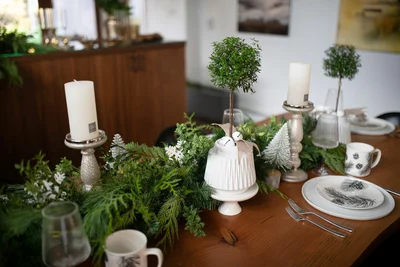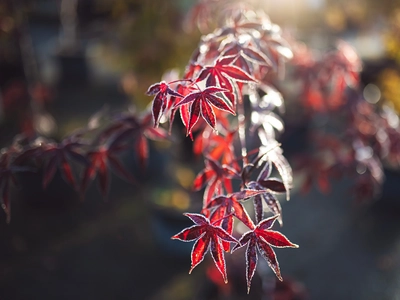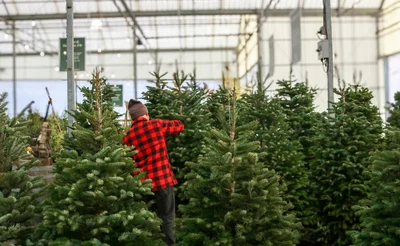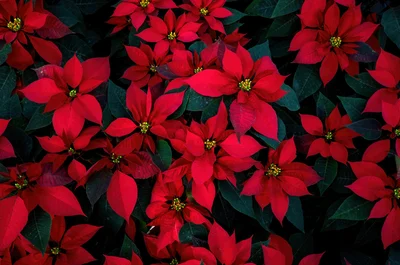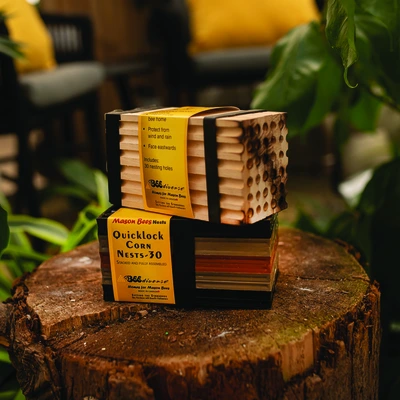
In recent years, there has been increasing concern about the declining population of Honeybees due to various factors such as habitat loss, pesticide use, and climate change. Honeybees are important pollinators for many crops, and their disappearance can have significant impacts on food production.
However, there is another type of bee that is highly effective at early pollinating and can also help improve crop production: the Blue Orchard Mason Bee (Osmia lignaria).
Blue Orchard Mason Bees are native to North America and are excellent pollinators for early-blooming plants, such as fruit trees, berries, and many Spring-flowering plants. They are solitary bees that do not form colonies like Honeybees, and therefore, they do not produce honey. However, Mason Bees are highly effective at pollinating and can greatly benefit your local ecosystem and garden.
Understanding the Life Cycle of Blue Orchard Mason Bees
Before discussing how to attract these valuable pollinators, it is important to understand their life cycle. Blue Orchard Mason Bees emerge in the Spring to mate and lay eggs. The female bee creates a series of small nests, called cells, in pre-existing holes in wood, such as hollow stems, drilled holes or nesting blocks. She then provisions each cell with a mixture of pollen and nectar, lays an egg and seals the cell with mud. The eggs hatch into larvae, which feed on the provisions and pupate over the summer. Adult bees emerge inside these cells in the fall and form cocoons that remain in these nests over winter. The adult bees hatch the following Spring, and the cycle begins anew.
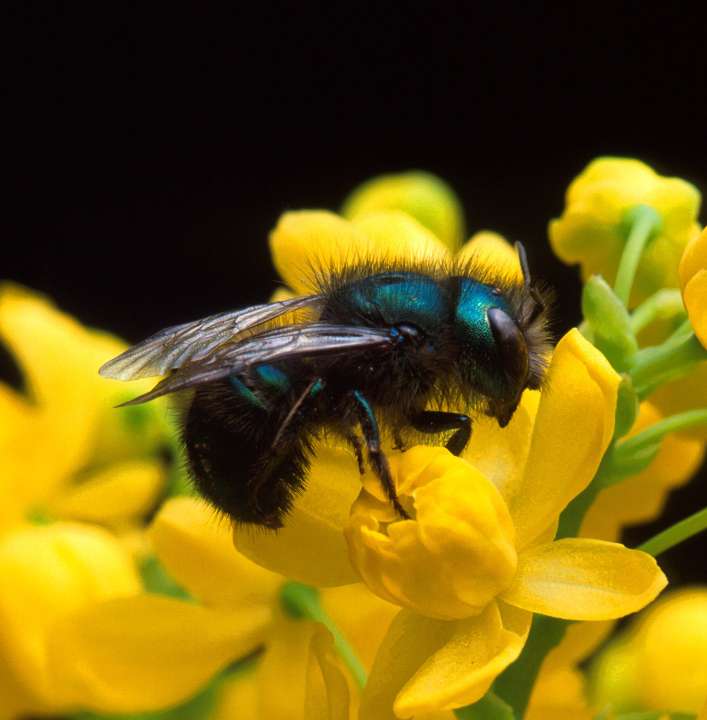
Providing Mason Bee Homes
To attract Blue Orchard Mason Bees to your garden, you can provide suitable homes for them by providing nesting blocks made of wood with holes drilled between 5/16 and 3/8 inches in diameter in them. *These blocks should allow the "homeowner" to open the hollow cavities in the fall to allow for cleaning. See Cleaning and Storage section for more details.
These blocks should be placed in a sunny location, facing south or east, and at a height of at least four feet. Several blocks can be placed together to create a cluster, with some space left between them for ease of access. Paper straws are also available that can either be taped together inside a protective structure like a Mason Bee house or chalet or simply placed inside an open coffee can hung on its side. These homes should be positioned to ensure that they do not collect water. To ensure a healthy and productive nesting site, it is suggested that you also provide clay for the bees to shore up their homes if there is no natural source of clay in the nearby vicinity.
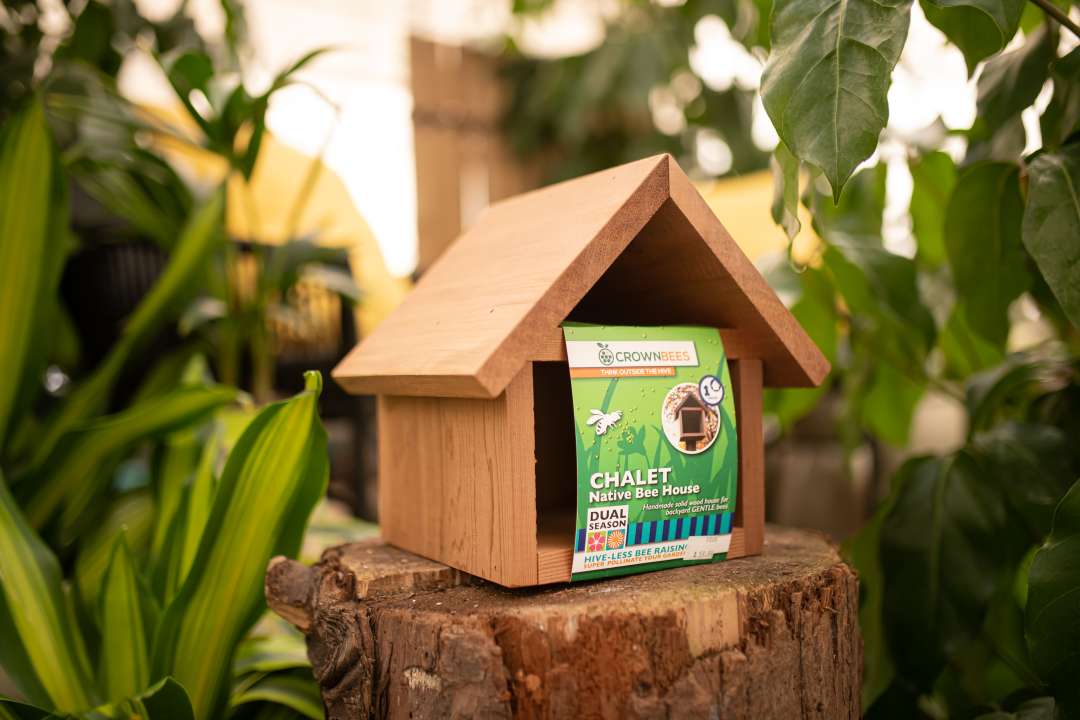
Protecting Mason Bees from Predators
Like other insects, Blue Orchard Mason Bees can fall prey to predators such as predatory mites. To prevent infestations, provide clean nesting sites and avoid using pesticides. Cleaning the cocoons after harvesting them is also important. Remember to keep your Mason Bee nests in a safe place away from rodents, birds, and other animals that could feast on the vulnerable bees while pupating or in their cocoons.
Providing a Food Source for Mason Bees
Blue Orchard Mason Bees require nectar and pollen for energy and egg production. To attract them to your garden, you can plant a variety of early-blooming flowering plants such as Crocuses, Pieris shrubs, Daffodils, clover, and many fruit tree varieties. Later in the season, Lilacs, Lavender, and Echinacea (Cone flower) can also provide a food source for these bees.
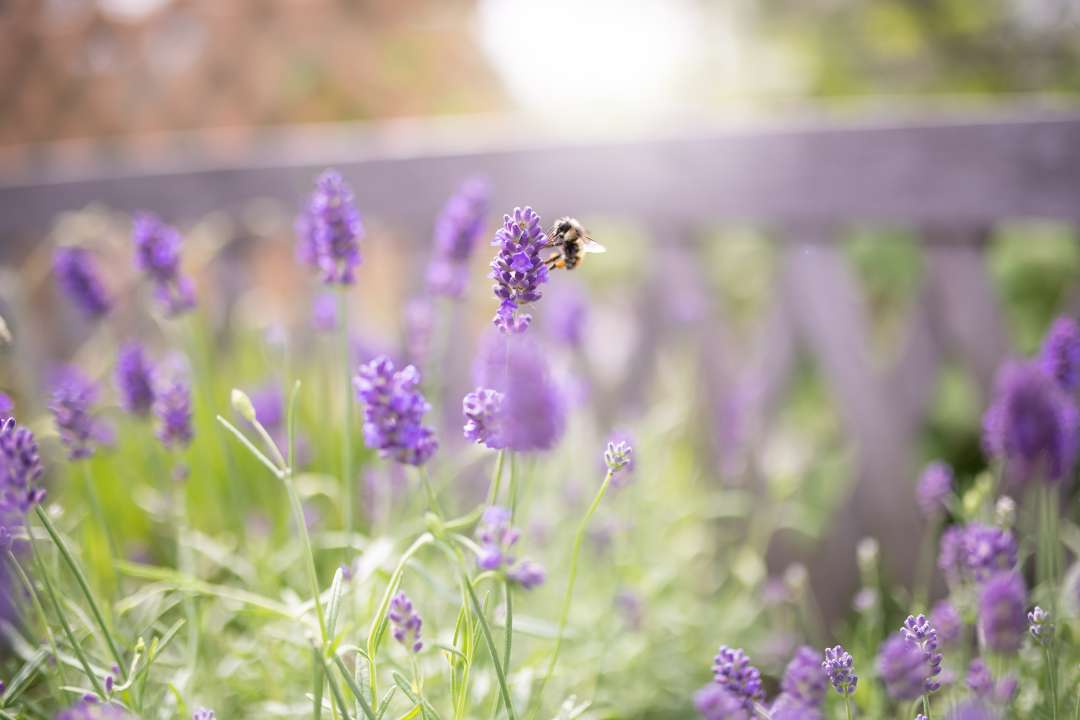
Cleaning and Storing Mason Bee Cocoons
In the fall, after the adult bees have formed a protective cocoon around themselves, you can harvest them from the nesting blocks. Wash the cocoons in a solution of 1 part bleach to 9 parts tepid water for five minutes to remove any pests or pathogens. Thereafter, rinse the cocoons thoroughly with fresh (tepid) water, dry them on a paper towel and immediately place into your cool storage. Store the cocoons in a breathable container, such as a mesh bag or cardboard box, in a refrigerator until the following Spring. Mason Bee cocoons are best stored between 2-4C in a bar fridge or wine cooler where the humidity is best suited for overwintering bee cocoons. It should be noted that frost free fridges tend to be too dry and can kill the overwintering bees. Best temperature is the crisper of a refrigerator but away from fruits and vegetables that could release gases which are harmful to the bees.
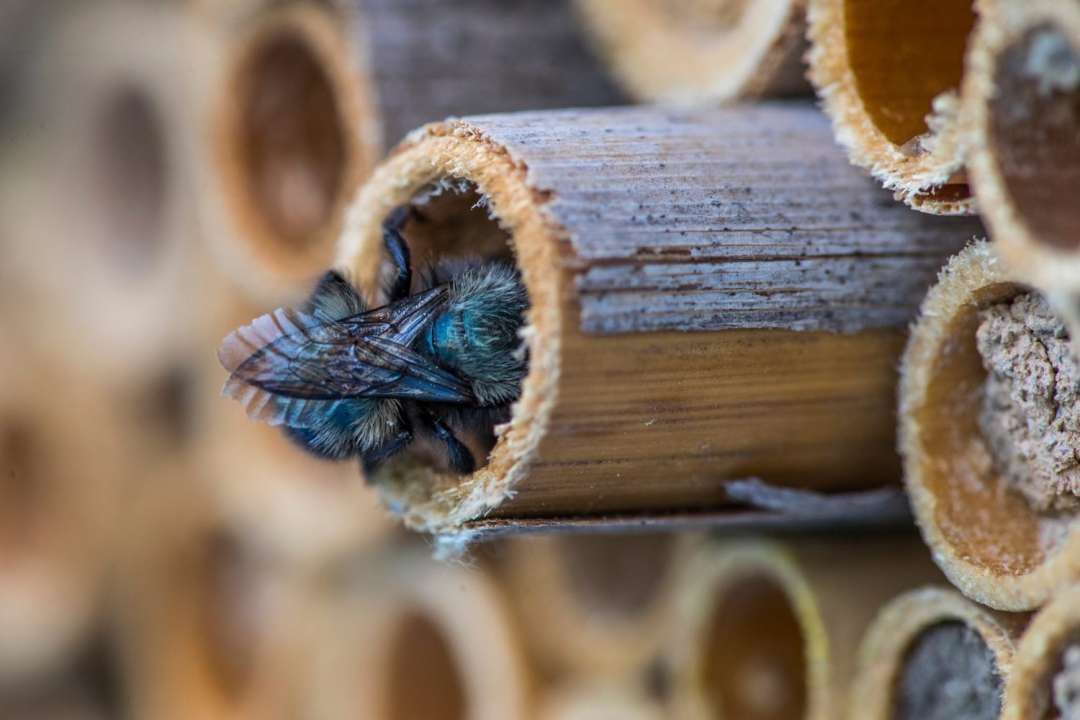
By following these tips, you can attract Blue Orchard Mason Bees to your garden and help support a healthy ecosystem!

